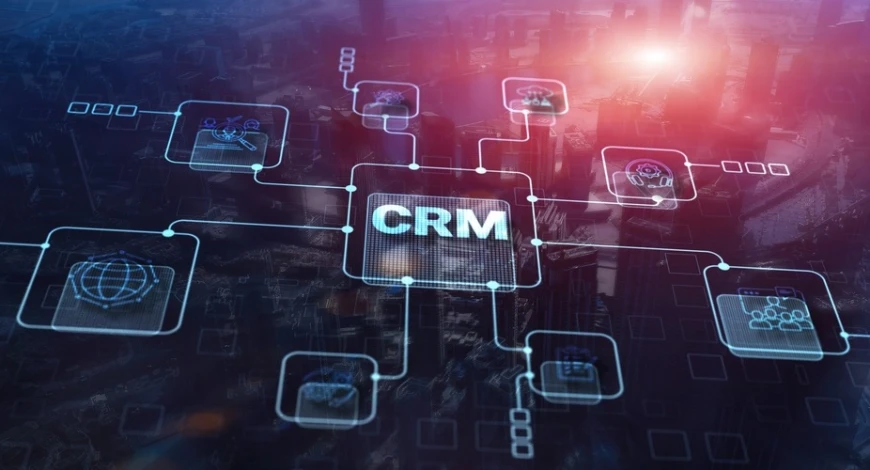FinTech Transformation with Data Management and Software Services
The financial industry is being reshaped by rapidly shifting customer expectations, regulatory pressure, and fast innovation—especially artificial intelligence, generative ai, open banking, and blockchain. To lead this wave, institutions must evolve into organizations that not only store data but also manage its quality, unlock value with analytics, and provide secure, flexible software services to product teams. This section presents a practical roadmap for FinTech transformation through data management and engineering excellence, from strategy and architecture to security, compliance, operational excellence, and customer experience.
Value Proposition
- Profitability: Risk-based pricing, cross-sell, and lifetime value-driven offer engines.
- Cost optimization: cloud, kubernetes, and finops for efficient infrastructure.
- Speed: devops, ci/cd, and mlops shorten time-to-market.
- Trust: Privacy, pci dss, and iso 27001 ensure data protection end-to-end.
Strategy to Operations: Data Management Essentials
Winning transformations start with a clear data strategy. Business goals (growth, profitability, risk reduction) become actionable use cases, executed on a target data architecture.
Core Elements
- Vision & roadmap: A 12–24-month data roadmap tracked by quarterly OKRs.
- Data governance: stewardship, metadata, classification, and ownership.
- Data quality: profiling, validation, root-cause analysis, data SLAs.
- Security & access: zero trust, iam, rbac/abac, encryption, tokenization.
Architecture: Lakehouse, Mesh, and Event-Driven Design
Modern FinTech architectures combine analytical flexibility with operational agility. The lakehouse approach (storing raw data via ELT in open table formats and modeling for warehouse-class performance) complements data mesh (domain ownership). Event-driven designs wire real-time streams (kafka, pulsar) into banking processes.
Reference Components
- Ingestion: apis, streaming, batch, and open banking connectors.
- Processing: spark/flink for stream/batch analytics; feature stores for ML.
- Storage: object storage, delta/iceberg/hudi tables; columnar formats.
- Serving: semantic layers, BI, and self-service data products.
Open Banking, Open Finance, and the API Economy
Open banking and the broader open finance ecosystem enable rapid partner integrations and new revenue streams. Under psd2, secure apis with oauth2/oidc, scope-based authorization, iso 20022 messaging, and real-time payments architectures are must-haves.
Productizing APIs
- Developer portals, sandboxes, and first-class docs for great DX.
- API gateways, rate limits, throttling, and observability.
- Monetization: Usage-based pricing, bundles, and revenue sharing.
Security, Compliance, and Risk
Trust is core in FinTech. Privacy regulations, pci dss, and standards like iso 27001/soc 2 frame data protection. Encryption at rest/in transit, HSM key management, pseudonymization/tokenization, masking, DLP, and audited logging are foundational.
RegTech & SupTech
- Regtech: AML, KYC/eKYC, and fraud detection with ML plus rule engines.
- Suptech: Near-real-time regulatory data sharing and automated reporting.
- Explainable AI: Transparency and ethics for black-box models.
Analytics, AI, and Generative AI
Use cases like risk scoring, pricing optimization, demand forecasting, churn prediction, and anomaly detection benefit dramatically from AI. Generative ai accelerates assistants, document processing, alert explanations, and customer service.
MLOps & Model Governance
- MLOps: feature stores, model registries, ci/cd, and canary releases.
- Model risk: bias monitoring, drift detection, performance KPIs.
- Privacy: federated learning, differential privacy, synthetic data.
Software Services: Platform, DevOps, and SRE
In FinTech transformations, a platform engineering team provides self-service, standardized development: kubernetes-based golden paths, secure ci/cd templates, secret management, service mesh, and packaged observability.
DevOps & SRE Best Practices
- DORA: Deployment frequency, change success rate, lead time, and MTTR.
- Observability: Unified logs, metrics, traces; SLO/SLI management.
- Chaos engineering: Resilience tests, fault injection, and graceful degradation.
Payments and Real-Time
Real-time payments are central to user experience. Low latency requires event-driven patterns, idempotent workflows, and optimized queries. Rich iso 20022 messages accelerate compliance and reconciliation.
Emerging Paradigms
- CBDCs and blockchain-based settlement.
- Tokenization for asset fractionalization and secondary markets.
- web3 and depin for cross-border micropayments.
Customer Experience: Personalization and Trust
Sustainable personalization depends on honest data use, transparent consent, and clear value exchange. Real-time segmentation and recommenders combined with robo-advisors and smart chat improve both revenue and satisfaction.
Core Capabilities
- CDP and a single customer view.
- Journey analytics and experiment-driven CX.
- Complaint analytics with text/voice processing.
Execution Roadmap and Governance
Transformation accelerates with agile portfolio management, a capability map, and centers of excellence. Investments are prioritized by impact/effort; pilots drive learning; risk and change management stay aligned.
KPIs That Matter
- Revenue: Conversion, unit economics, profit per customer.
- Operations: STP rate, latency, error rates.
- Risk: Default, fraud capture, reduced false positives.
- Technology: DORA, infra cost, uptime.
A data management and software services-first approach empowers FinTech players to scale securely and deliver customer-centric growth. Modern architectures like lakehouse and data mesh fused with devops/mlops accelerate innovation. Integrating regtech and suptech reduces compliance costs, while generative ai elevates efficiency. With sound governance, clear KPIs, and a focused roadmap, transformation becomes a durable competitive edge.
-
 Gürkan Türkaslan
Gürkan Türkaslan
- 5 September 2025, 12:47:04
 English
English



